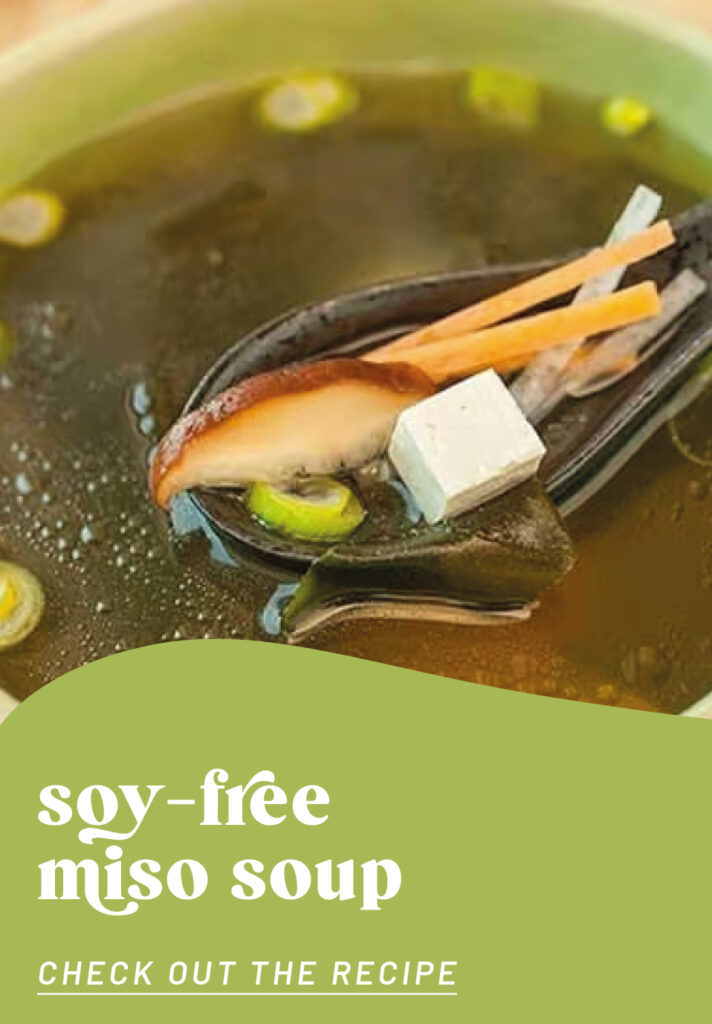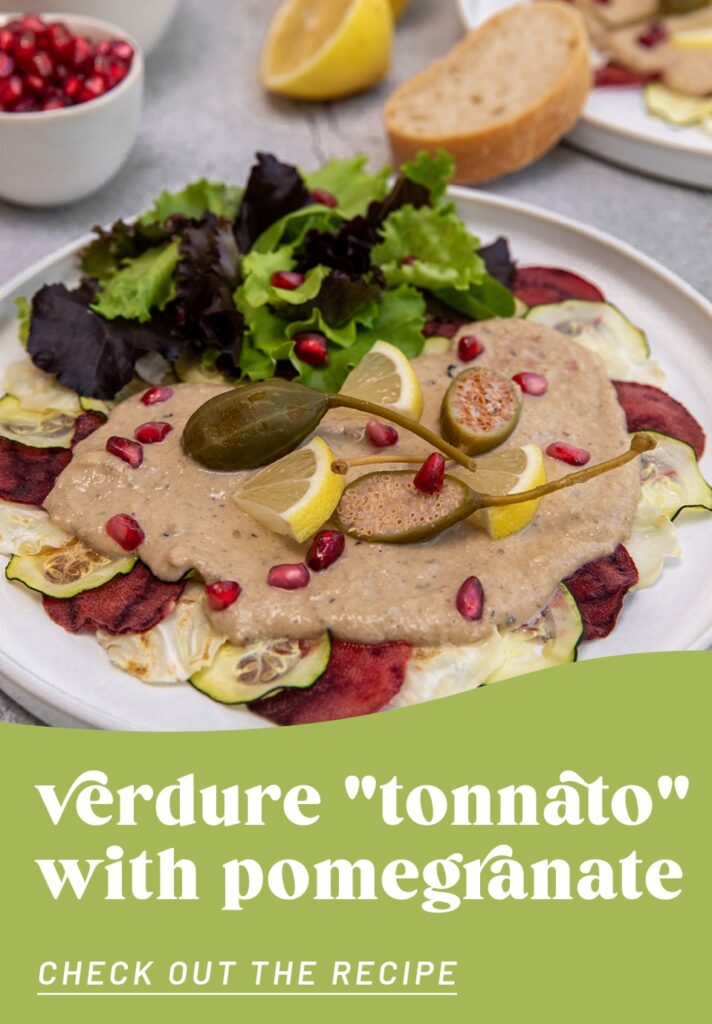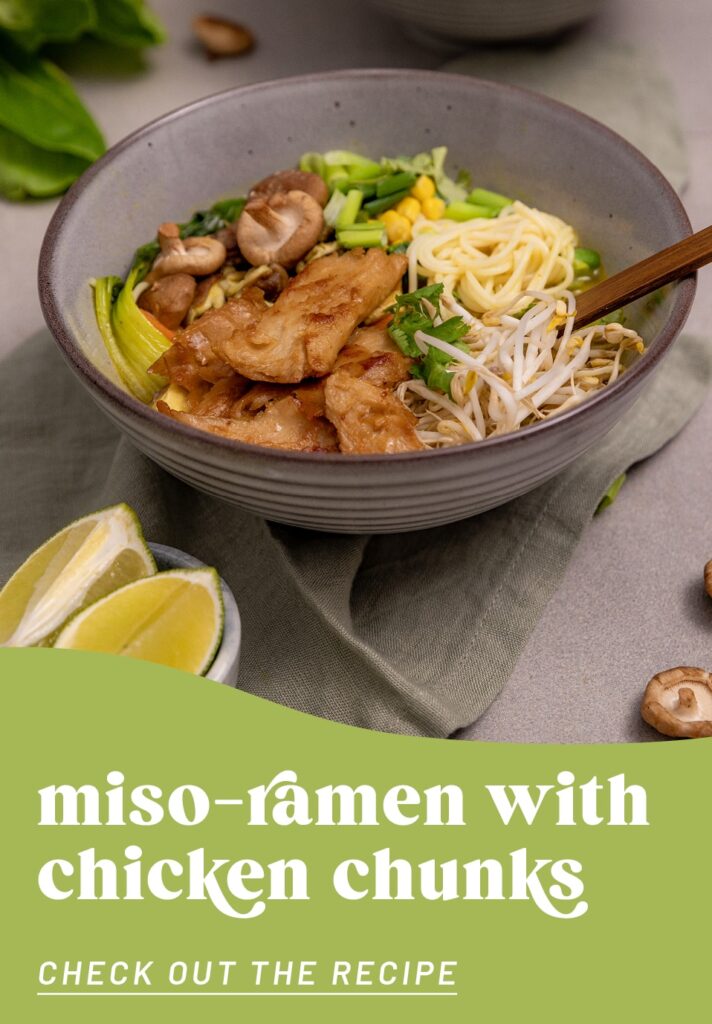VOOD FEED
Seaweed – the green gold of the ocean

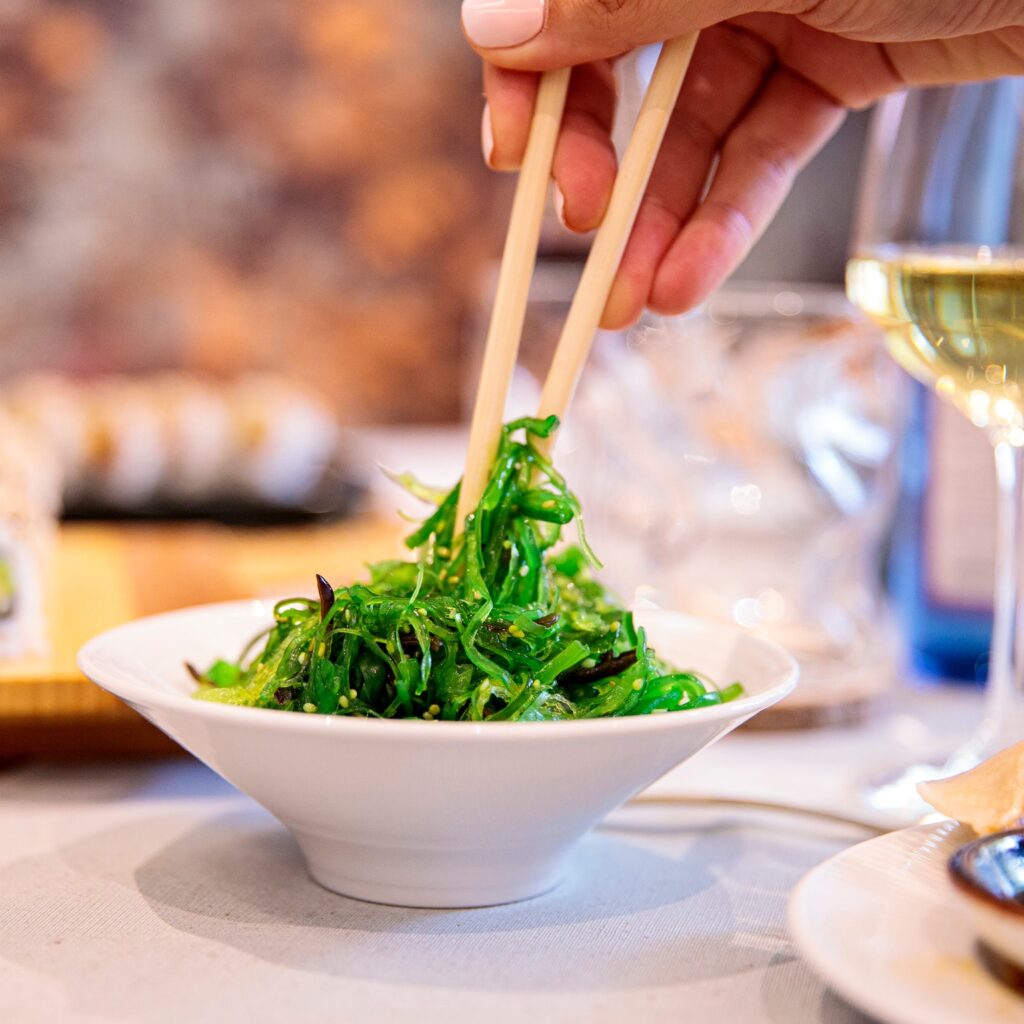
An inexhaustible resource from our oceans
If you read on, you’ll find out what all of us can learn from fish. 🙂 And it’s all about seaweed. Seaweed’s status as a superfood has brought it into the focus of health-conscious consumers and top chefs. Wakame salad, miso, detoxifying seaweeds and agar agar are on everyone’s lips – quite literally. Seaweed are known as the green gold of the seas. They are enjoyed in exotic dishes, as well as being appreciated as a nutritional supplement. But what is it that makes seaweed so special? Where do different types of seaweed come from? And, especially important for us vegan foodies: how can we integrate seaweed into our everyday diets?
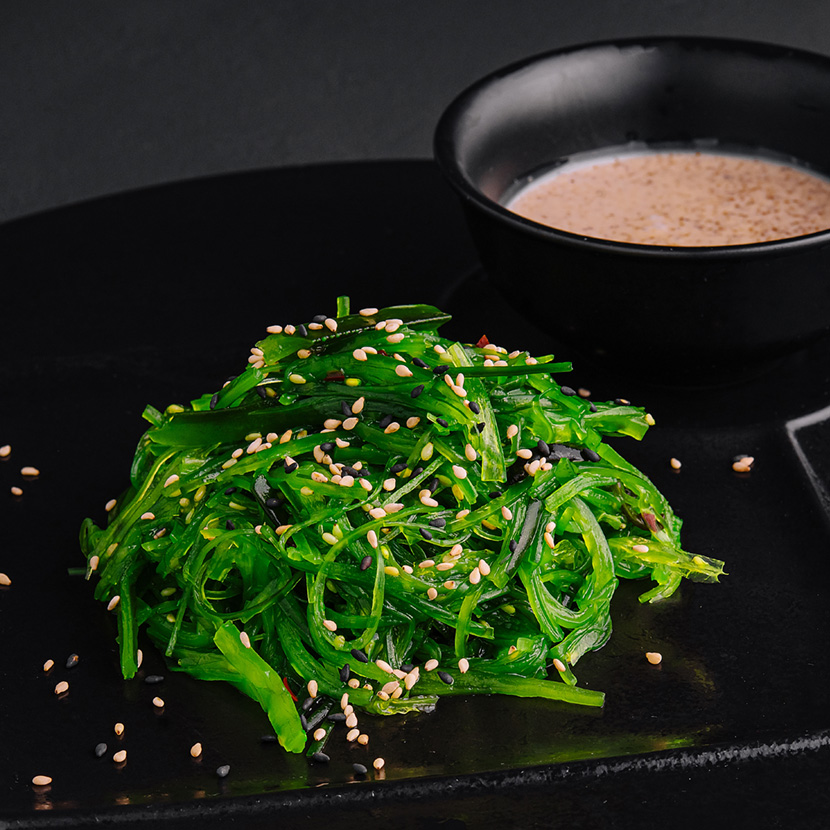
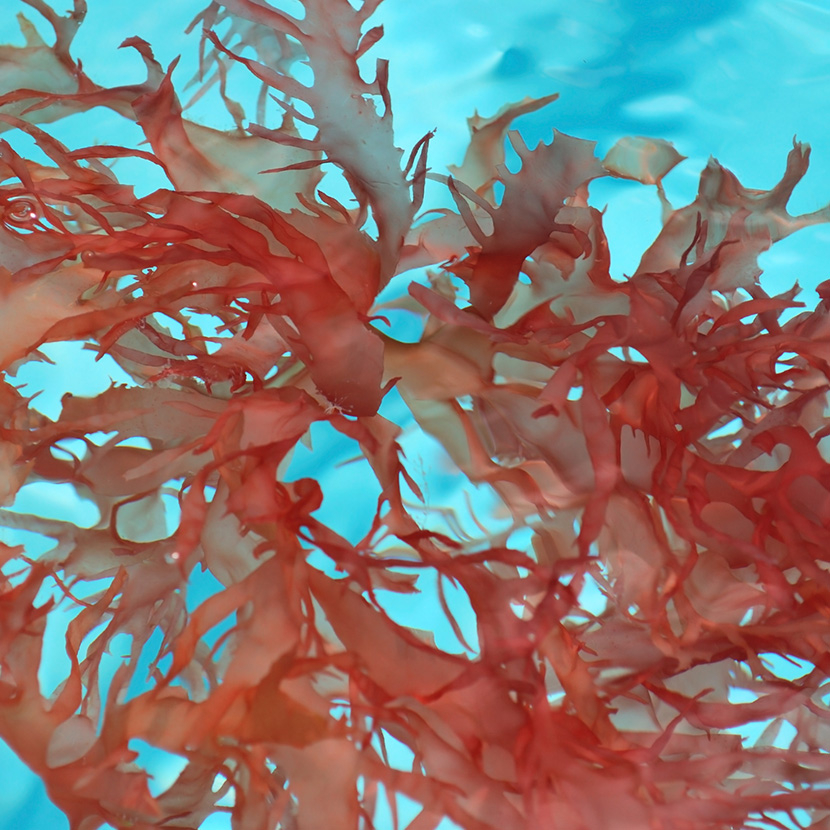
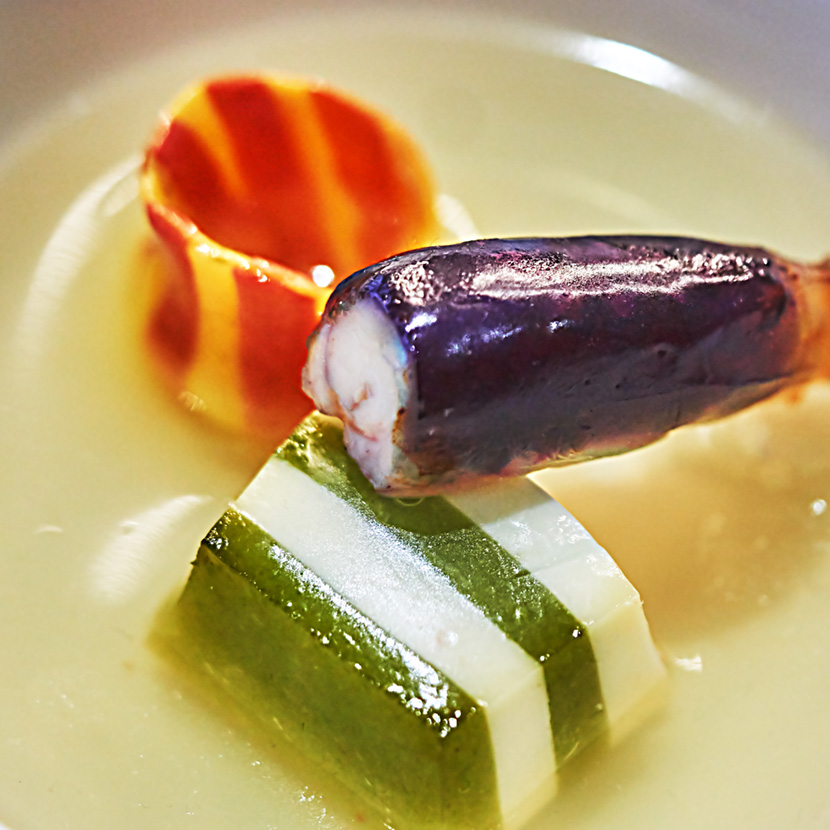
Seaweed as a traditional food – and much more
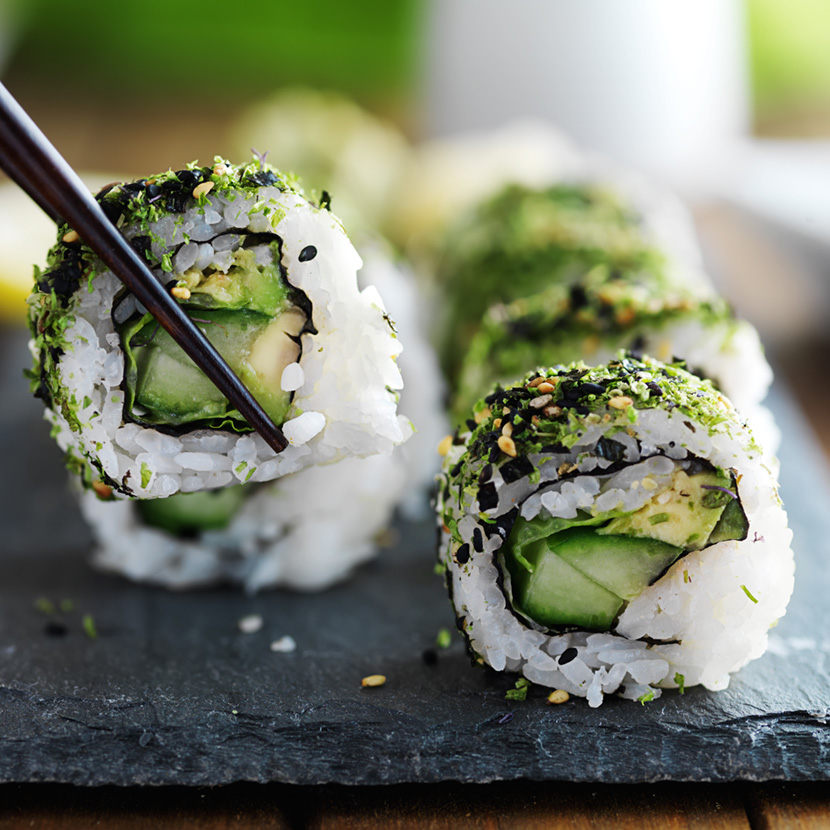
Seaweed was first used as a foodstuff thousands of years ago in Asia, especially in Japan. A traditional part of Japanese cuisine, different seaweeds play a leading role in dishes such as sushi and miso soup. In Europe, seaweed cultivation has only started gaining significance during the past few decades, for example in Brittany, where seaweed is grown for both culinary and cosmetic purposes.
In Europe too, however, especially in its northern regions, seaweed has a long history of being used for many different things. In Ireland and Scotland, for example, seaweeds were used as foodstuffs. People collected and dried kelp, especially, for use in different dishes. This is a practice which dates back centuries. Eating seaweed was also typical in Wales, where laverbread – a dish made from pureed seaweed – is especially well-known. In Iceland, seaweed was an important food source during periods of food scarcity. In Norway, on the other hand, seaweeds were traditionally used in agriculture, to improve soil quality. In France, people began harvesting Atlantic seaweed on an industrial scale during the 17th century, especially to obtain iodine and alginate for various branches of industry. In the 19th century, seaweeds were also used for therapeutic purposes in Europe, for example in health spas. Due to their healing properties, seaweeds were also valued in the traditional medicine of various European cultures. These historical uses of seaweeds show how versatile and important this resource was – and now is once again – in different cultures and different eras. So, today’s trend is more of a renaissance than a new discovery.
Taking our lead from fish
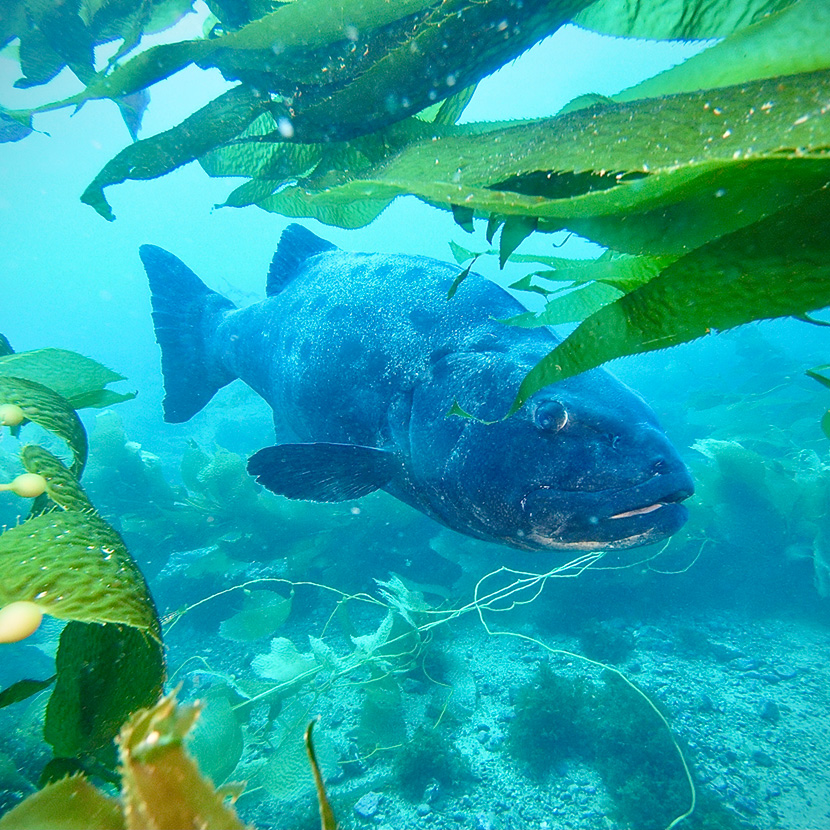
Seaweeds are an excellent source of nutrients – in particular omega 3 fatty acids, which are otherwise mainly found in fish. The reason for this is simple: fish get a range of fatty acids and other nutrients they need from seaweed. This popular “fish food” is rich in minerals such as iodine, zinc, selenium, potassium, calcium and iron, as well as vitamins such as A, C and E. This also makes them an alternative vegan nutritional supplement for us. And the fish love it when you eat seaweed, too – because this means you don’t have to take fish oil supplements. Seaweed is also low in calories – which can help you “streamline” your figure, if that’s what you’re aiming for!
Spirulina and chlorella – two superstars of the seas
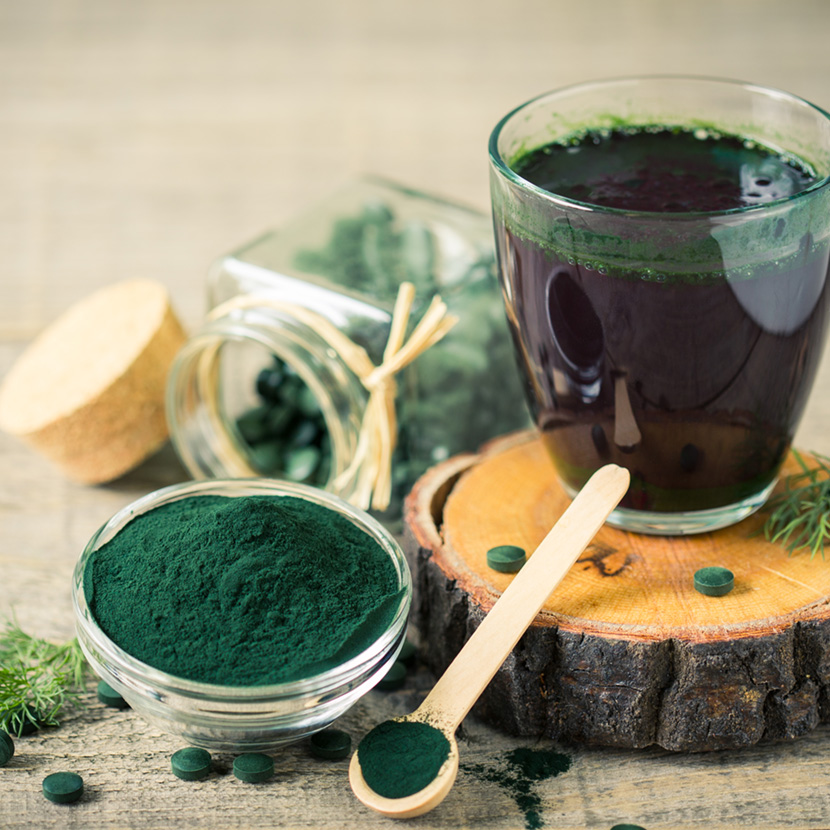
There are two seaweeds which have become real superstars – and not without good reason. Spirulina and chlorella are two types of microalgae which have become increasingly popular recently – mainly due to their remarkable nutritional properties and health benefits. Spirulina, a bluish-green type of algae, is known for its high protein content and rich range of vitamins, minerals and antioxidants. Often lauded as a superfood, it is a rich source of essential fatty acids – especially the omega 3 fatty acids already mentioned, as well as of iron and B vitamins. Chlorella, a type of green algae, has a high chlorophyll content, and is known for its detoxifying and immunity-boosting properties. Chlorella and spirulina powder are both great for adding bluish-green power to your smoothies!
Sea greens in high end cuisine
Seaweeds and algae are valued by high end chefs because of their unique flavor and texture. At the same time, top chefs know that by no means does seaweed taste of the sea alone. Certain types of seaweed have flavor profiles reminiscent of bacon, or of spices such as aniseed. They offer a whole host of aromas – from sweet to umami – and give any dish a hint of something special. Seaweeds such as nori, kombu and wakame are popular not only in Asia, but also in France, where wakame is considered a delicacy. Powdered algae can also be used to take your vegan recipes to the next level, such as this alternative to tonnato.
One really trendy drink is the so-called unicorn latte: To make it, you’ll need a small piece of fresh ginger, two dates, 2 tsp powdered algae, 1 tsp vanilla, and 500g cashew drink. Use a good mixer to conjure up a thick and creamy blue drink. Our tip: add ice cubes for a great alternative to iced coffee. Other trendy delicacies include an Austrian seaweed soft drink, a seaweed beer from Copenhagen, and dulse, a type of seaweed that tastes like crispy bacon, and pairs wonderfully with beer …
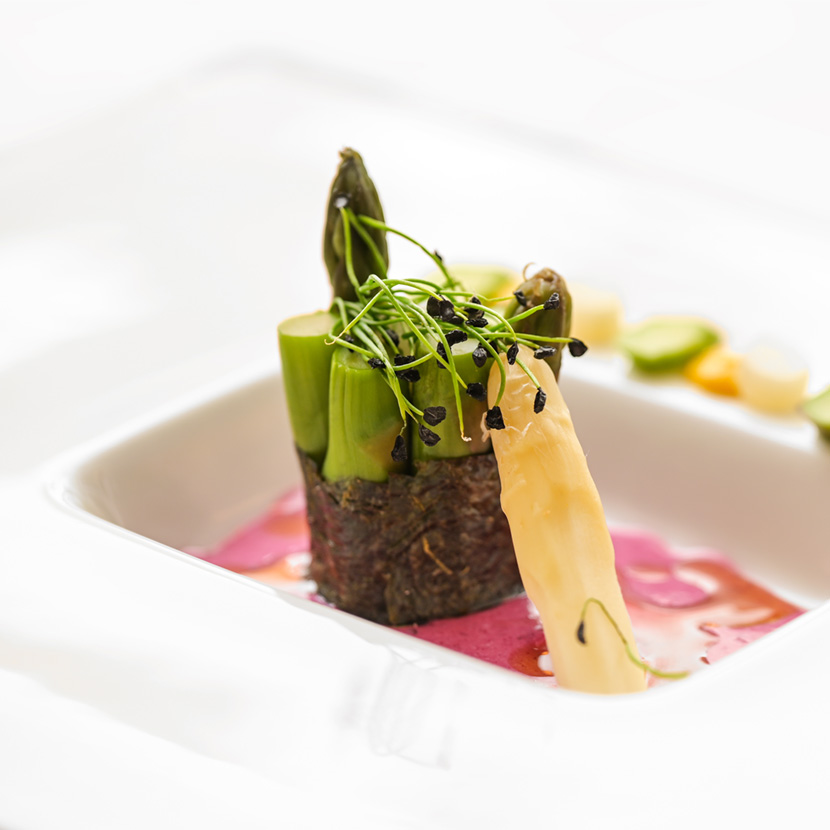
Who knew that seaweed could be so meaty?
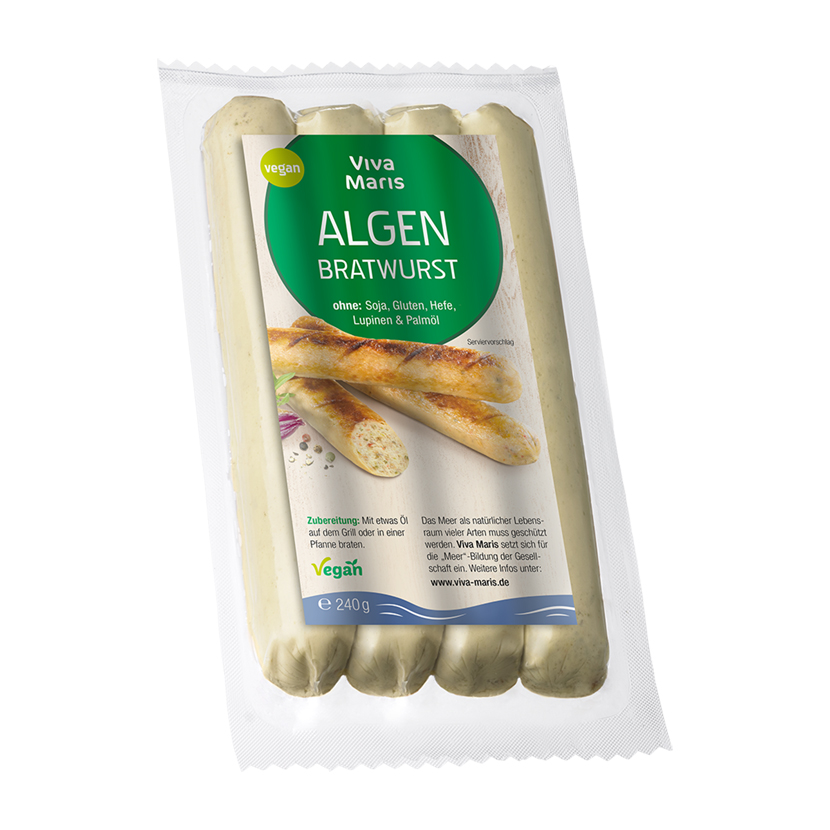
Who’d have thought it? Seaweeds have even made their way onto our barbecues. The company Viva Maris, for example, has developed various types of vegan sausage containing seaweed – which can be used for flavor, or as a natural thickening agent (yes, that’s another special property seaweed has!).
A high carageenan content, especially in red seaweeds, gives us cool things like agar agar – a vegan alternative to gelatin for those who want to avoid animal product-based additives. The plant-based binding agent is a carbohydrate (polysaccharide) obtained from seaweed’s cell walls. In Japan and China especially, agar agar has been used for centuries. Nowadays, it is used in kitchens all over the world. Top chefs absolutely love it!
Integrating seaweed into your everyday diet
Seaweed is easy to integrate into your everyday diet. Here are a few ideas for you:
Green smoothie with spirulina or chlorella: Take a mix of fresh fruits, spinach (or other green leafy veg) and a pinch of powdered algae for a nutrient-rich start to your day. Blitz this treasure of the seas with your favorite ingredients for a dose of detoxifying energy!
Miso soup and sauce: A traditional Japanese soup, to which you can add wakame or kombu for authentic flavor. It’s time to enjoy pure umami! Miso can also be used in sauce. Why not try our recipe and our ready-made miso pastes from our online shop? Miso can be used in place of vegetable stock.
Seaweed salad: A refreshing combination of different types of seaweed, served with a flavorful dressing. It’s really crisp and fresh!
Variations on vegan sushi: Have you ever experimented with nori to conjure up delicious vegan sushi creations? You can put whatever you want in your rolls!
Quality standards around the globe
What about food quality, I hear you ask? What does Fukushima mean for Japanese seaweed?
The overwhelming majority of the seaweed which ends up on the market in Europe is not from Japan, but from strictly controlled aquacultures in other parts of the world, such as Brittany in France. These regions are known for their clean waters and sustainable methods of cultivation. Furthermore, imported seaweed from all countries including Japan is subject to strict controls and tests in order to ensure that it complies with the highest health standards. The European Union has very strict regulations when it comes to food safety – which are regularly updated and checked to make sure consumers are protected. It’s also worth mentioning that Japan itself carries out extremely strict quality controls for the products it exports. Japanese food producers are aware of the concerns of the international community, and work tirelessly to strengthen consumers’ trust in their products.
Overall, if you live in the EU, you can rely on the seaweed you buy here being safe, nutritious and free from contamination which might damage your health. This gives us the freedom to enjoy the diverse range of delicious seaweed products which reach us from all over the world – without having to worry about their quality or safety.
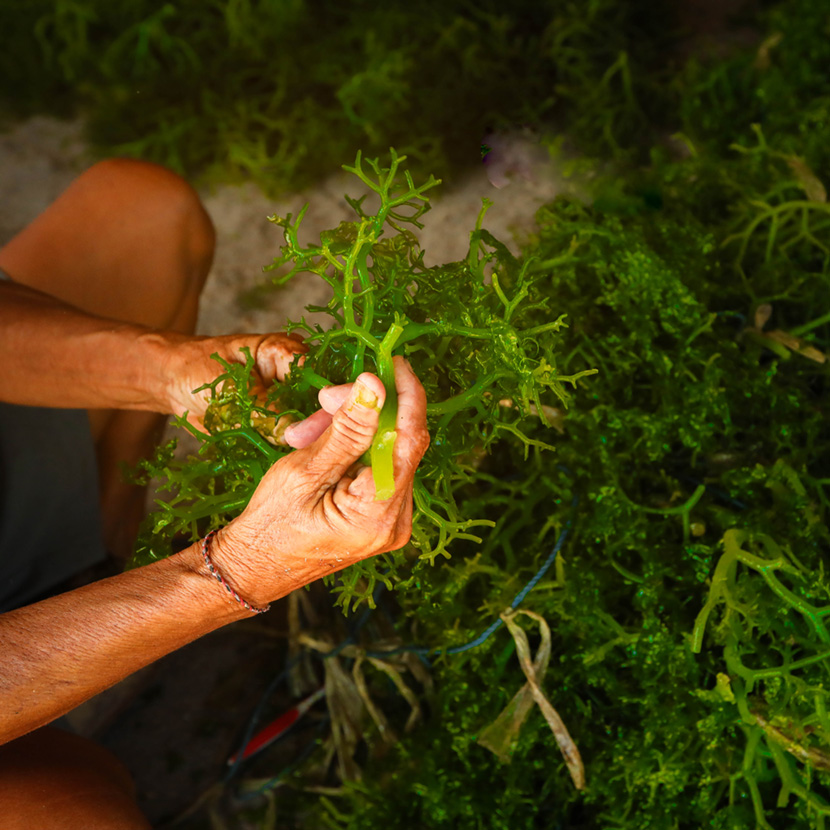
A short guide to seaweed
Below, we’ve made a list of the most commonly eaten seaweeds and how they’re used in cooking:
Wakame:
- A brown seaweed widespread in Japanese and Korean cuisine.
- Often used in salads, soups (such as miso soup), and as a side dish.
- Known for its delicate flavor and slightly crispy texture.
- Very popular in France!
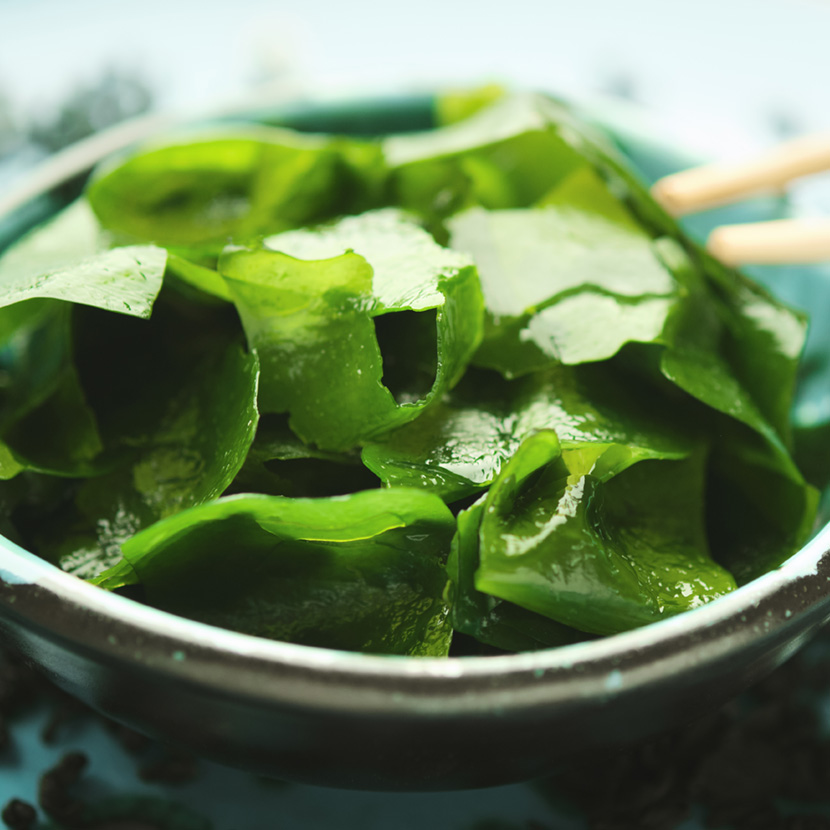
Kombu:
- A dark-colored, dried seaweed mainly used in Japanese cuisine.
- Serves as the basis for dashi, a stock which is the foundation for many Japanese dishes.
- Can also be used in preserved form, or as an ingredient in stews and soups.
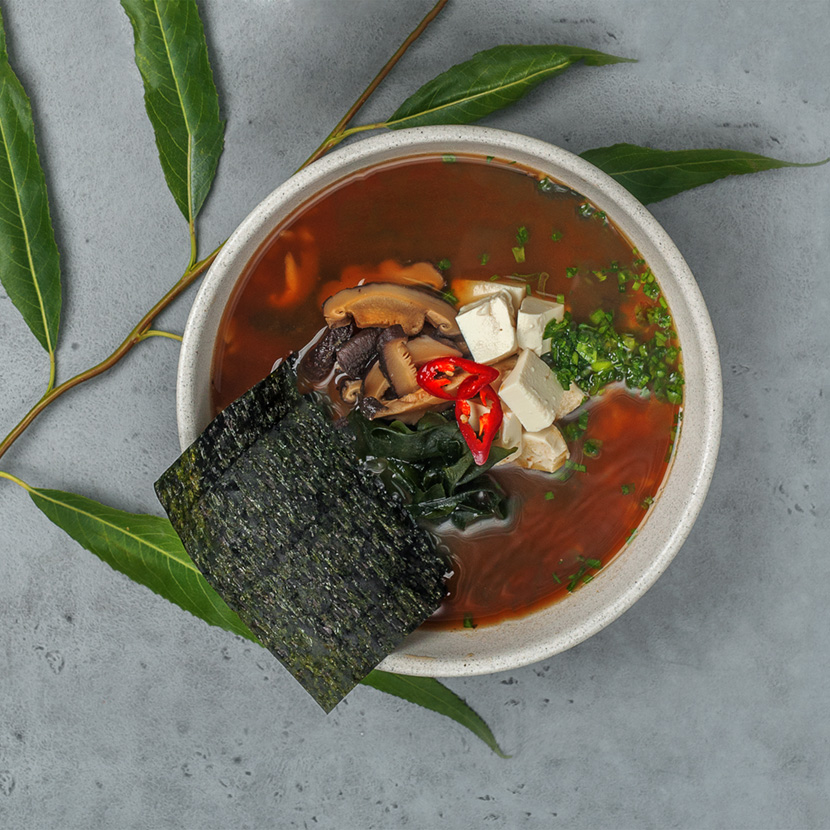
Spirulina:
- Spirulina is a bluish-green microalgae known as a superfood because of its high nutrient content.
- Often used as a nutritional supplement in the form of powder or tablets.
- Can also be mixed into smoothies, energy bars and other health foods.
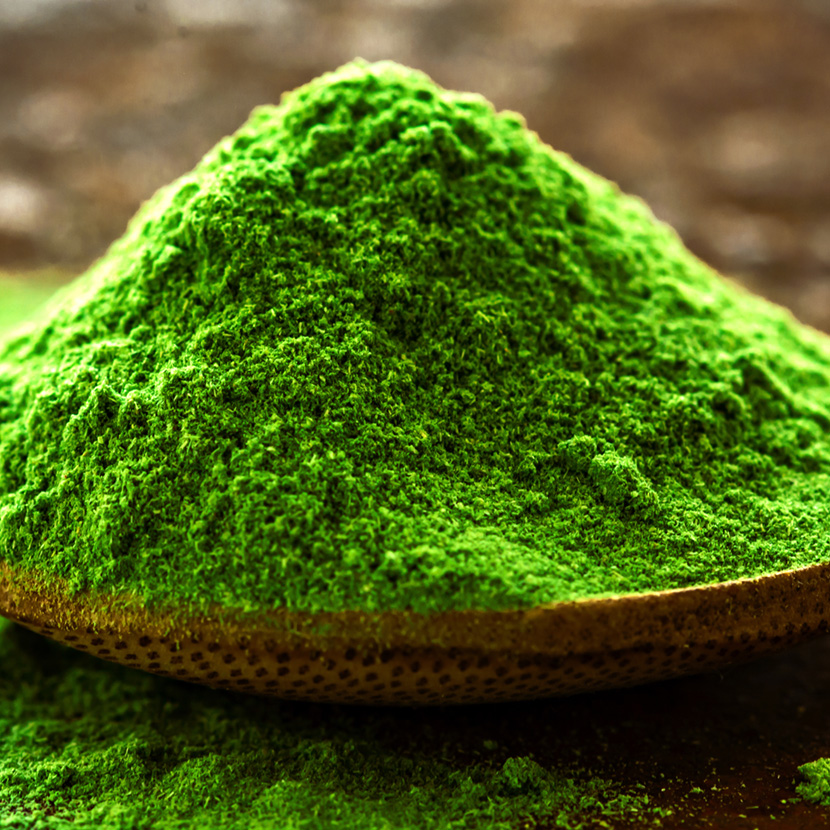
Chlorella:
- A green microalga known for its detoxifying properties and its high chlorophyll content.
- Usually consumed as a nutritional supplement in the form of powder or tablets.
- Can be found in smoothies, tablets and some health-promoting snacks.
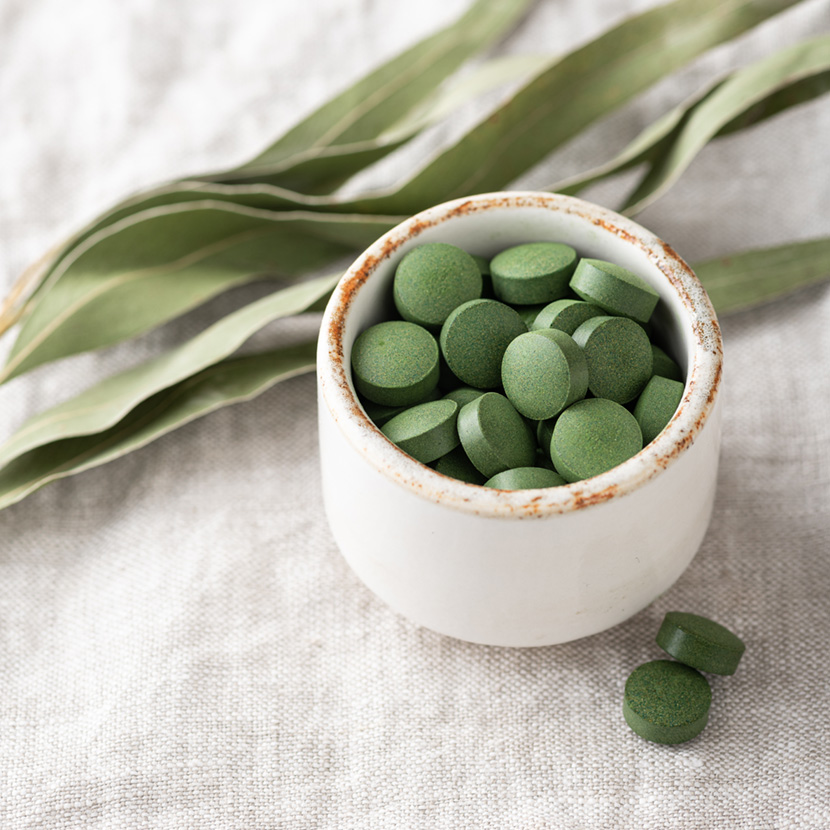
Sea moss:
- Sea moss, or eucheuma, is a red seaweed that’s often used by the food industry as a source of carrageenan.
- Carrageenan is used as a thickening agent and stabilizer in a whole range of different foods.
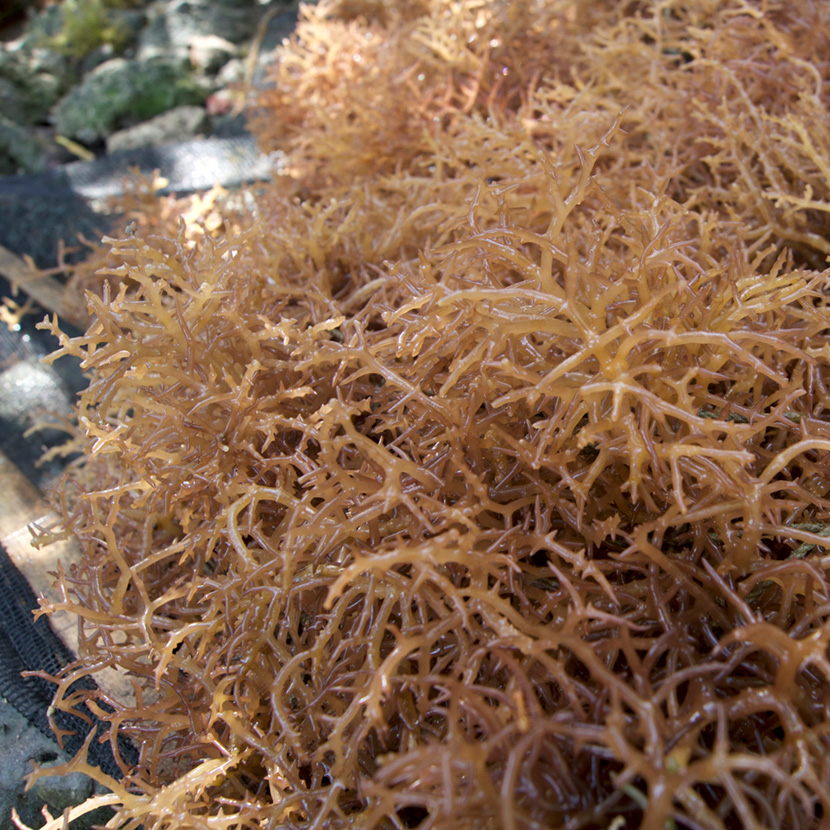
Sugar Kelp:
- Also known as saccharina latissima, sugar kelp is a species of brown seaweed found in the cool waters of the Atlantic and the Pacific.
- In its dried form, it’s often used in soups, salads, and as a side dish.
- Known for its slightly sweet flavor, and its nutrient-rich composition.
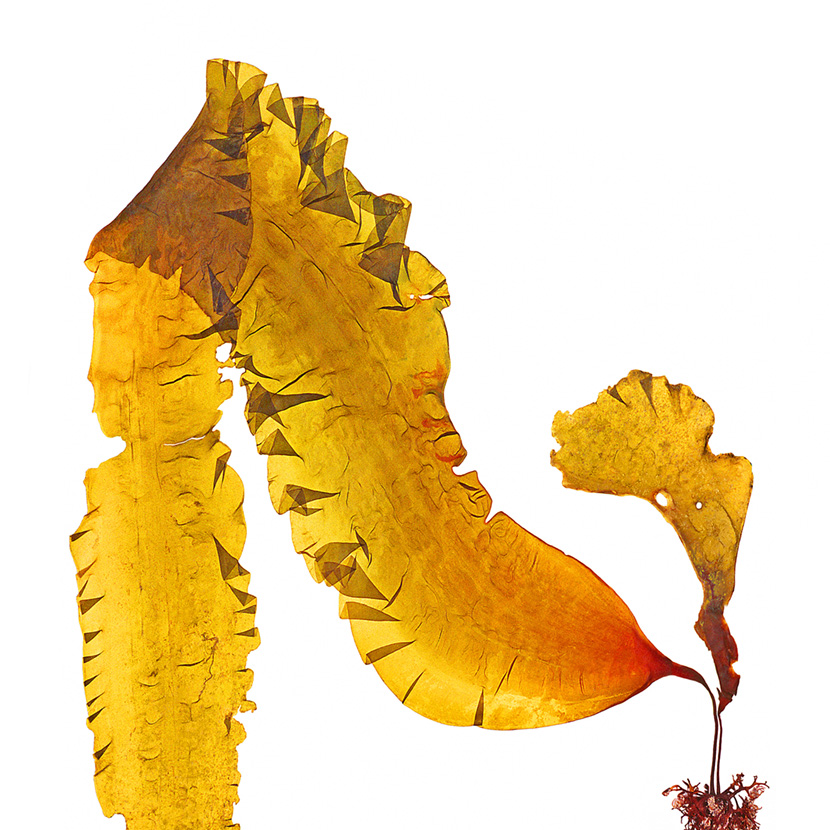
Hijiki:
- Hijiki is a dark, almost black seaweed with a fine, thread-like structure.
- Often used in Japanese cuisine, and known for its slightly nutty, earthy flavor.
- Hijiki is usually soaked before being cooked, to soften it, and is then used in dishes like salads and stews, or mixed with cooked grains and veg.
- Hijiki is rich in fiber, minerals (in particular iron) and vitamins.
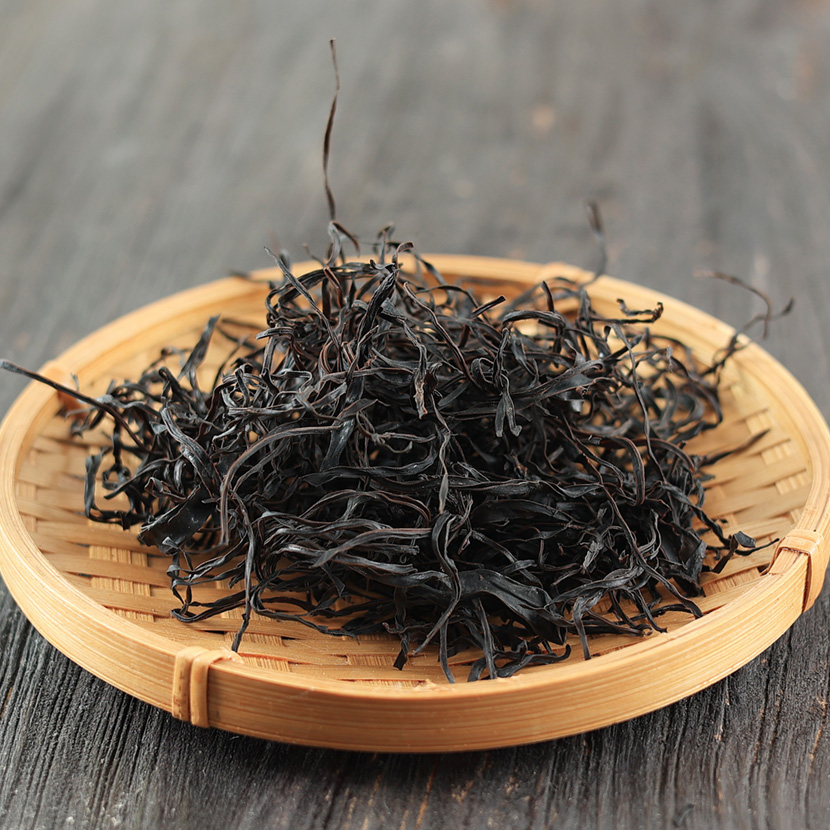
Arame:
- Arame is another type of brown seaweed which comes in thin, delicate strips, and is slightly sweeter than hijiki.
- Often soaked before being added to salads, sushi fillings or side dishes.
- Particularly popular as part of macrobiotic cuisine, and appreciated for its high levels of iodine, calcium and other minerals.
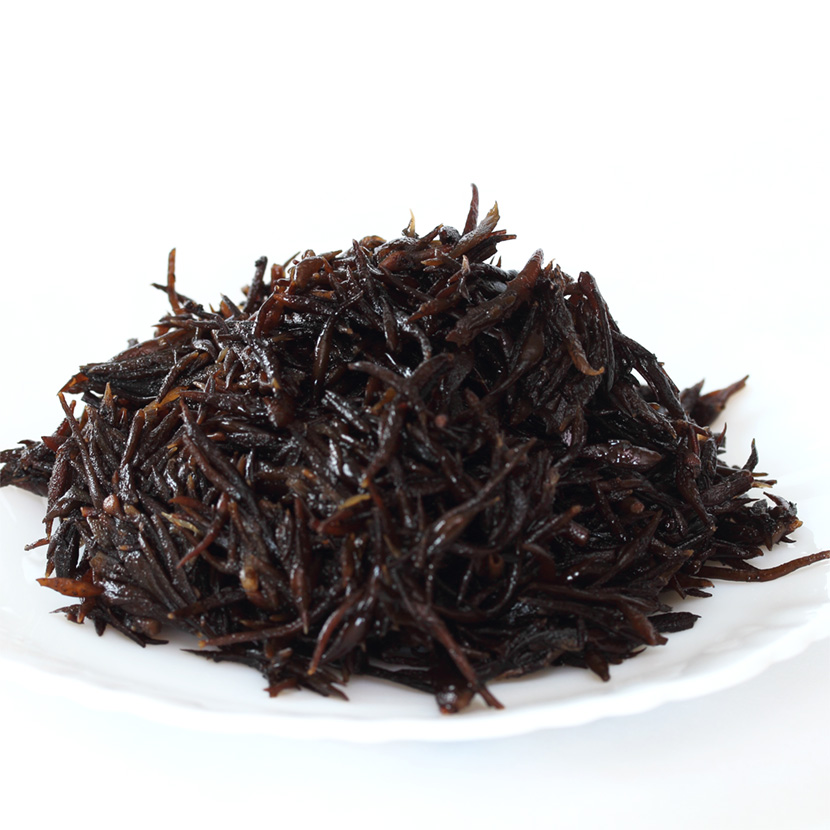
Nori:
- Nori is a green seaweed which is dried in thin sheets and used to make sushi rolls.
- Crisp with a slightly salty flavor, and also popular toasted as a snack.
- Nori can also be cut into strips and used to garnish pasta dishes, salads and rice balls (onigiri).
- A good source of proteins, vitamins (especially B vitamins) and minerals, including iodine.
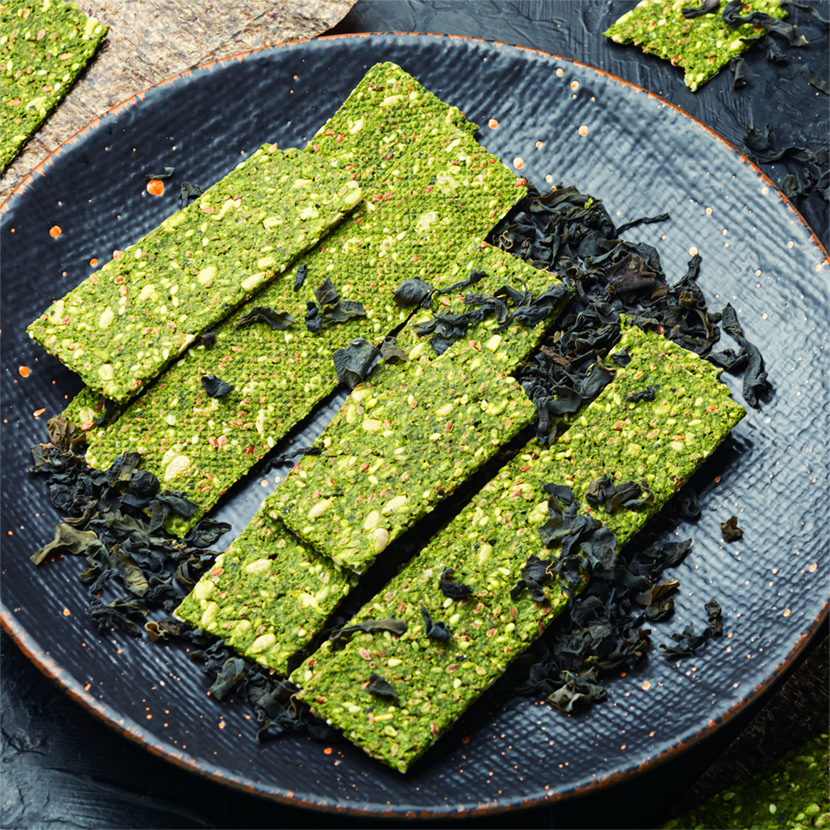
So, seaweed can rightly be referred to as the green gold of the sea: it is a versatile, nutritious addition to your cooking, especially for people on a 100% plant-based diet. With their nutrient profile and versatile uses, seaweeds are more than just a fad – they’re a sustainable source of health, enjoyment, and many a surprise for your tastebuds!

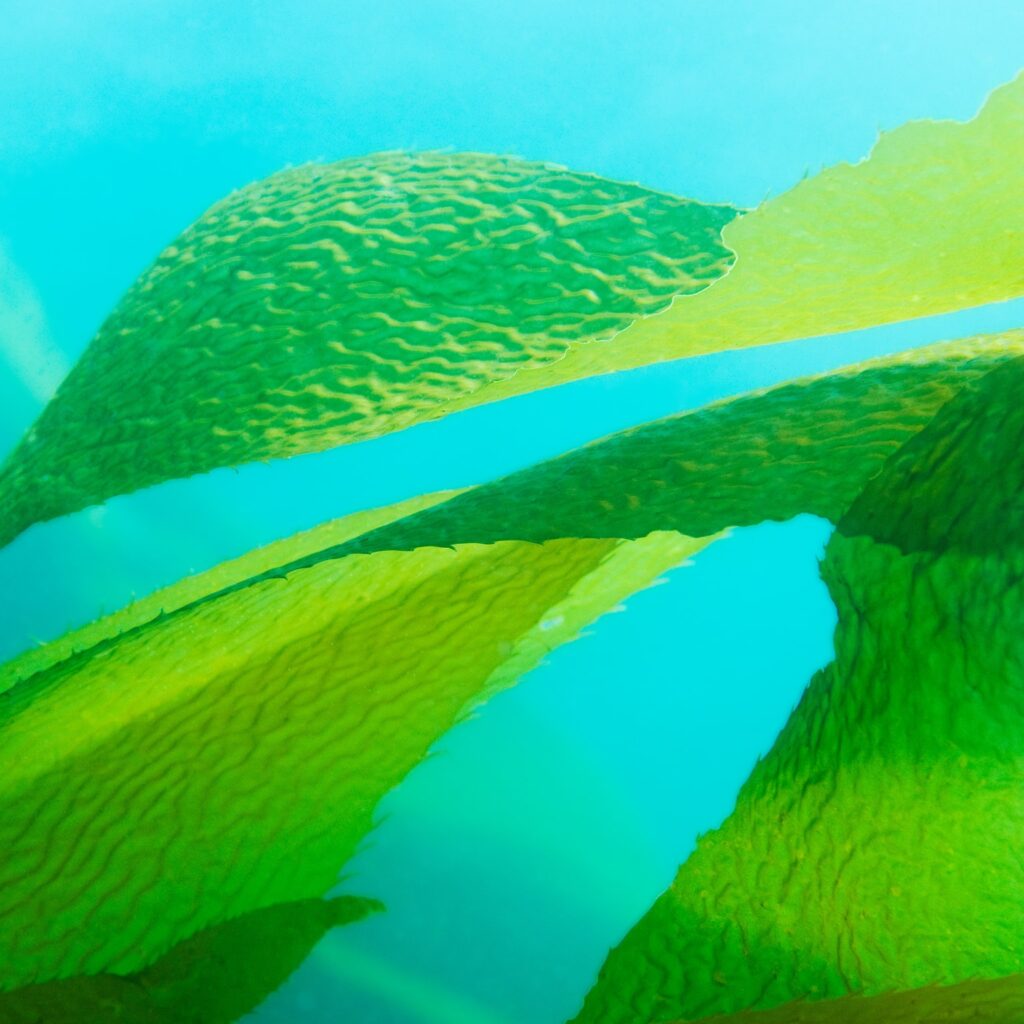
3 „Seaweed“-Recipes
Three surprisingly delicious recipes with the gold of the seas:
